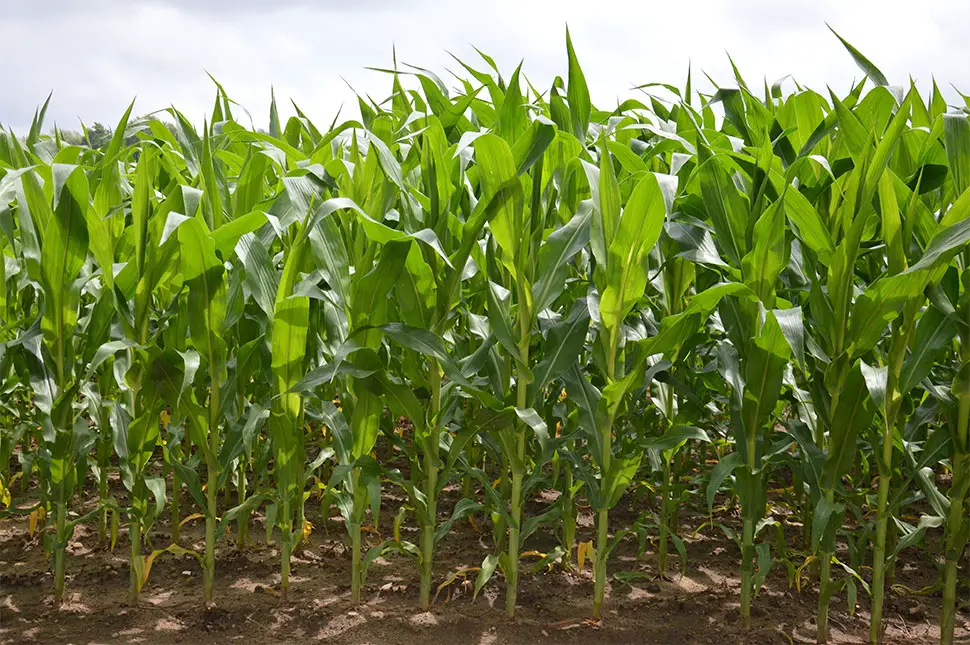
12th October 2017 Scientists find way to genetically boost nutritional value of corn Scientists at Rutgers University have found an efficient way to enhance the nutritional value of corn, by inserting a bacterial gene from E. coli that stimulates production of a key nutrient called methionine, an amino acid usually found in meat.
A genetic discovery by Rutgers University could benefit millions of people in developing countries, such as in South America and Africa, who depend on corn as a staple. It could also significantly reduce worldwide animal feed costs. “We improved the nutritional value of corn, the largest commodity crop grown on Earth,” said Thomas Leustek, study co-author and professor in the Department of Plant Biology in the School of Environmental and Biological Sciences. “Most corn is used for animal feed, but it lacks methionine – a key amino acid – and we found an effective way to add it.” Methionine, found in meat, is one of the nine essential amino acids that humans get from food. It is needed for growth and tissue repair, improves the tone and flexibility of skin and hair, and strengthens nails. The sulphur in methionine protects cells from pollutants, slows cell aging and is essential for absorbing selenium and zinc. Worldwide, several billion dollars of synthetic methionine is added to corn seeds annually, but the process is costly and energy-intensive. The scientists inserted an E. coli bacterial gene into the corn plant’s genome and grew several generations of corn. The E. coli enzyme – 3′-phosphoadenosine-5′-phosphosulfate reductase (EcPAPR) – spurred methionine production in just the plant’s leaves instead of the entire plant to avoid the accumulation of any toxic by-products. As a result, methionine in corn kernels increased by 57 percent. Tests on chickens at the university showed that the genetically engineered corn was nutritious for them. In the developed world, including the U.S., meat proteins generally have lots of methionine. But in the developing world, subsistence farmers grow corn for their family’s consumption: “Our study shows that they wouldn’t have to purchase methionine supplements or expensive foods that have higher methionine,” said Leustek. ---
Comments »
|







